43+ Sample Transition Plan
-
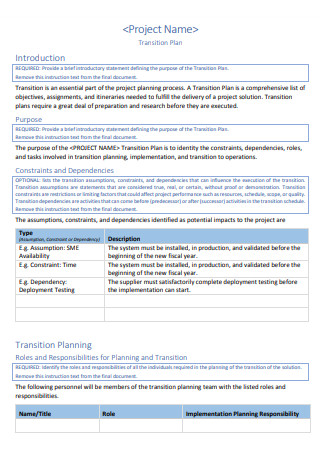
Transition Plan Template
download now -

90 Day Transition Plan
download now -

Personal Transition Plan
download now -
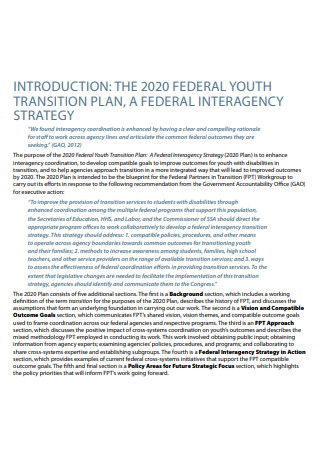
Youth Transition Plan
download now -
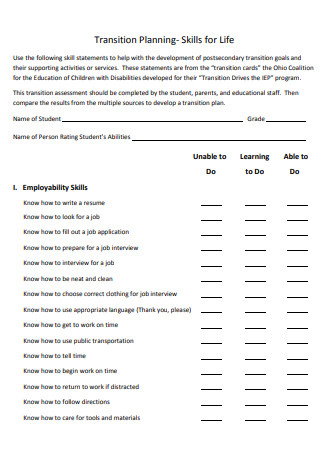
Simple Transition Planning
download now -
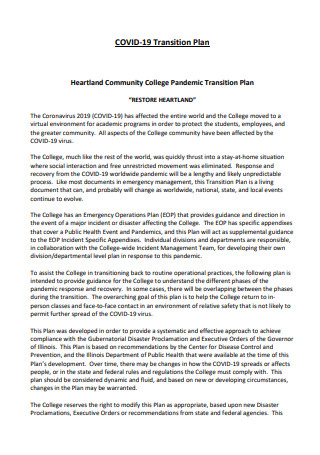
Covid-19 Transition Plan
download now -
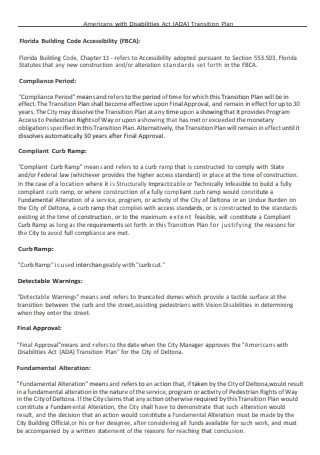
Disabilities Act Transition Plan
download now -
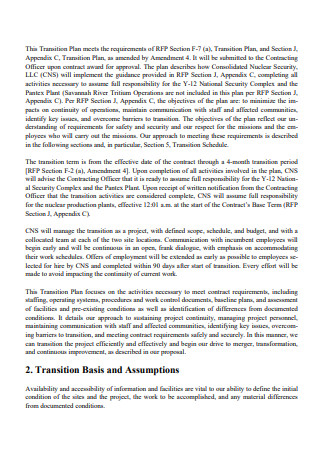
Basic Transition Plan
download now -
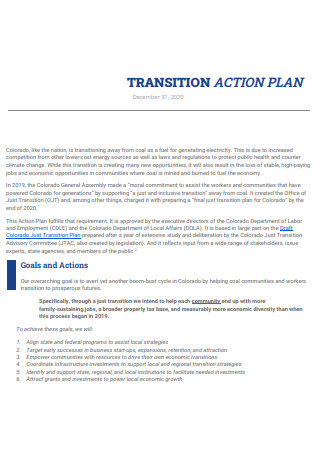
Transition Action Plan
download now -
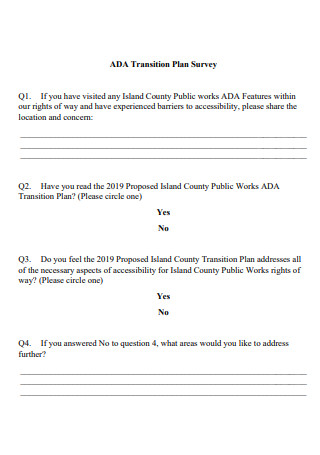
Transition Plan Survey
download now -
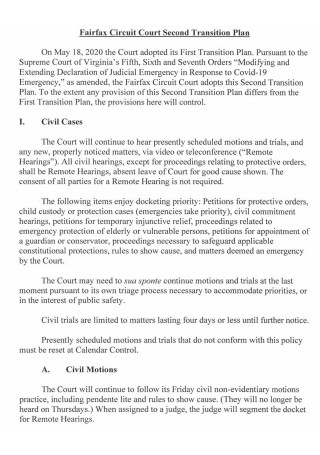
Court Second Transition Plan
download now -

Service Transition Plan
download now -

Formal Transition Plan
download now -
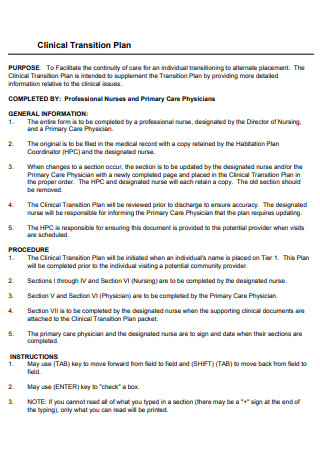
Clinical Transition Plan
download now -

Individual Transition Plan
download now -

Transition Plan in PDF
download now -
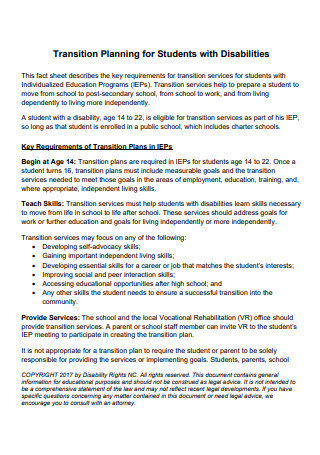
Transition Planning for Students with Disabilities
download now -
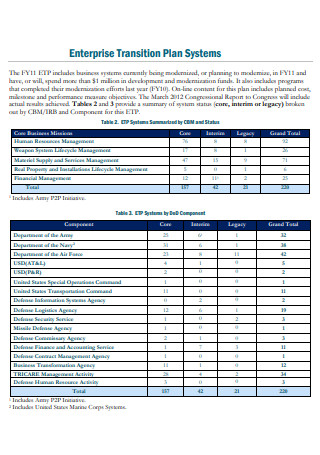
Enterprise Transition Plan
download now -

Transition Plan Development
download now -

Transition Plan Worksheet
download now -
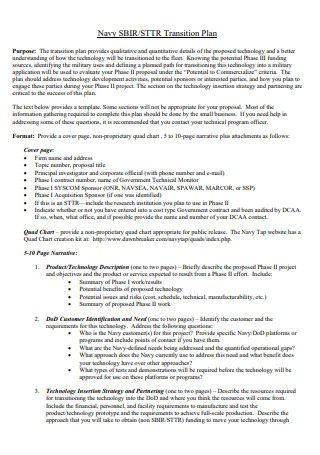
Navy Transition Plan
download now -
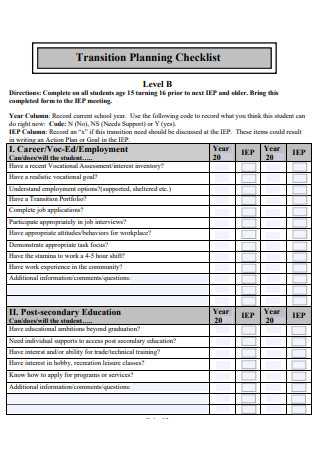
Transition Planning Checklist
download now -
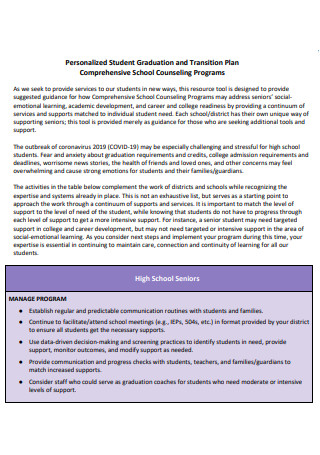
Student Graduation and Transition Plan
download now -

Transition Plan Review
download now -
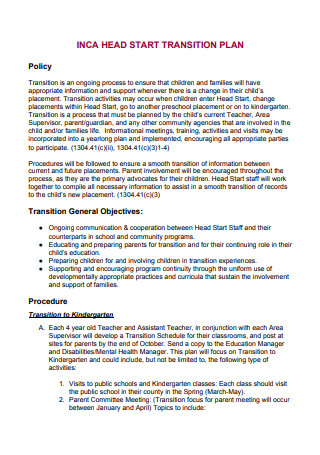
Standard Transition Plan
download now -

Transition Plan Example
download now -

Visual Transition Planning
download now -
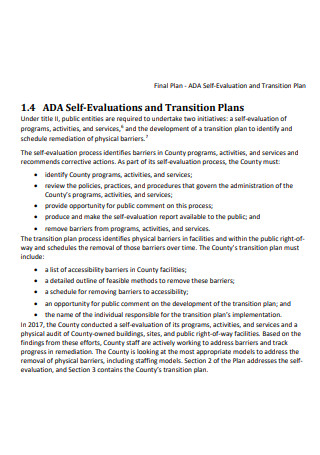
Self Evaluation and Transition Plan
download now -
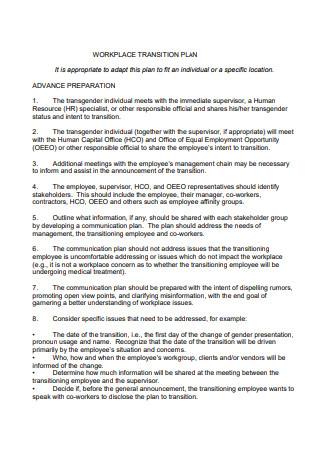
Workplace Transition Plan
download now -
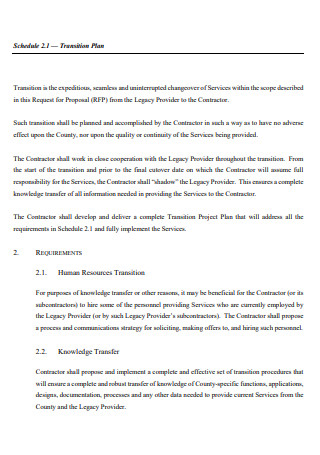
Printable Transition Plan
download now -
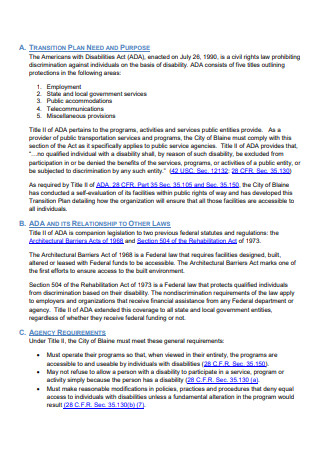
Draft Transition Plan
download now -

Launch Transition Plan
download now -
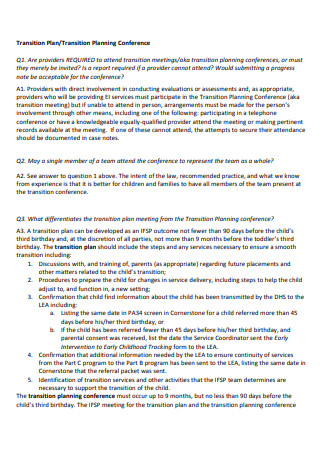
Transition Plan Conference
download now -
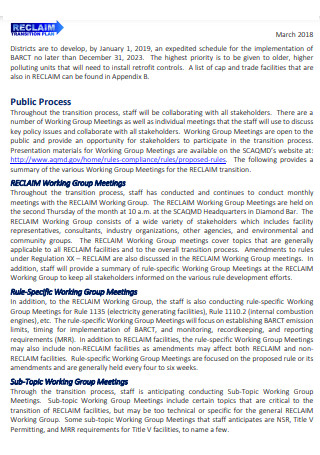
Reclaim Transition Plan
download now -
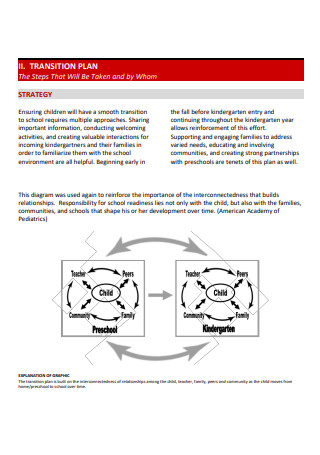
Kindergarden Transition Plan
download now -
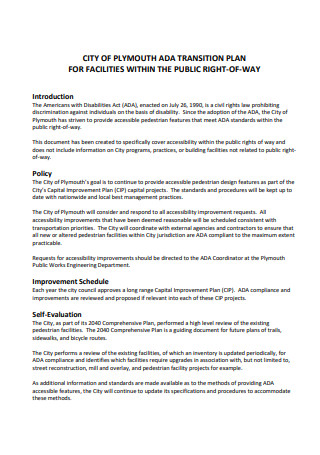
Transition Plan Format
download now -
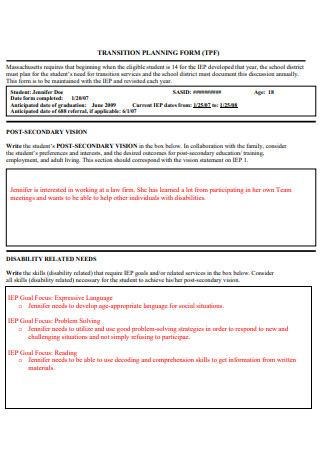
Transition Planning Form
download now -
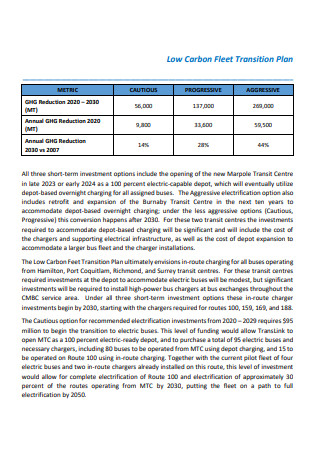
Low Carbon Transition Plan
download now -

Sample Transition Plan
download now -

School Transition Plan
download now -

Transition Plan in DOC
download now -
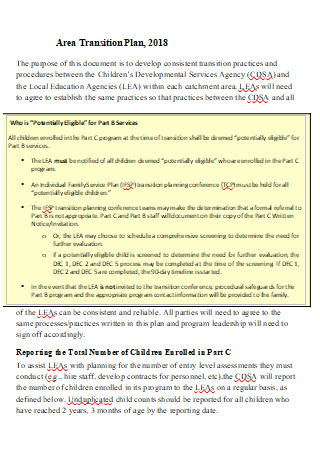
Area Transition Plan
download now -
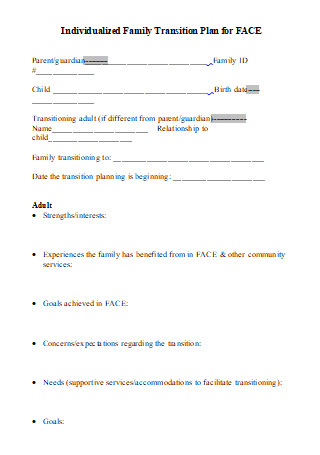
Family Transition Plan
download now -
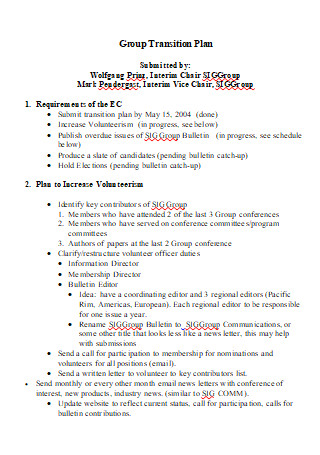
Group Transition Plan
download now
FREE Transition Plan s to Download
43+ Sample Transition Plan
What is a Transition Plan?
What Comprises an Effective Transition Plan
Other Types of Transition Plans
Tips to Craft an Effective Transition Plan
Benefits of an Employee Transition Plan
FAQs
How do you write a Transition Plan?
What are the Four Components of a Transition Plan
What is a Project Transition Plan?
Transitioning to that change will prove to be difficult especially when it’s parting ways with a professional career. It’s a change that will sting and it’s a change that will make or god forbid, break you. If you are working with a team, this might impact the workflow, momentum and team’s overall synergy. However, with an effective transition plan, you are not only leaving the workplace a concrete outline of what your job demands that are based on your real-life experiences therefore facilitating a smooth transition period, but you will also be doing it to remind yourself of how you handled the job and your current situation. Check out our samples below so you can start crafting your own, why you should even have one and most importantly, what we mean when we say an employee transition plan will also serve to ease your shift or the resignation process professionally.
What is a Transition Plan?
Employee Transition Plan
For employees, change can mean being laid off or being transferred to a department that will either be more of a hassle or the complete opposite. Change can mean resigning or having a new employee replace you. An employment transition plan is used to facilitate this change. It can be used to train new employees who are replacing the previous employee but most times though, an employment transition plan is used for employees resigning and are transitioning out of their role.
An employee transition plan specifically outlines the duties and responsibilities, existing projects and their respective deadlines, previous works, key contacts, and the knowledge and skills or maybe even tips your successor will need to take on the job effectively and for the efficiency that you’ve provided to hopefully be retained that at the end of the day will streamline a harmonious transition period. It’s basically a document that wants to easen structural changes within an organization and bid goodbye to a trustworthy employee who most leaders would think are irreplaceable. It’s mostly to ensure that changes are carefully navigated with and the succeeding changes that come along with it are anticipated and handled professionally. An employee transition plan can be done by both your team head and yourself or you can create it on your own however, it’s for the best to get your team head involved as they are the ones that oversee the group’s overall performance and can draft the transition plan in a way that will take into account the team’s workflow now that a member would have to leave.
Project Transition Plan
Like an employee transition plan, a project transition plan implies change and in the case of this particular transition plan, a change from the implementation phase of a project to its maintenance phase. The maintenance phase is often abandoned by project managers and its team because to complete the project would oftentimes prove to be enough. But, not for a team who wants to stay on top of their project and wants to be intentional in tracking down the project’s performance and progress since its completion.
That being said, a project transition plan merely outlines the next process following the implementation phase of a project. It is knowing that a project can experience problems and it won’t always go as planned. In a way, it will serve as a contingency plan to ensure the survival of the project that at its core, requires clear and constant communication between the project managers, the team, contractors and other stakeholders.
Regardless of the kind of transition that is about to take place, a transition plan is of equal importance and shall include a review of the transitioning employee’s workload, projects, the expectations that come with the job and what it aims to perform on a daily basis and on special circumstances.
What Comprises an Effective Transition Plan
To begin writing a transition plan, we list down the most important information that your transition plan has to contain. Itemize the points in your checklists so you can have a guide in writing one especially if you have enough time before the shift has to finally take effect.
Components of an Employee Transition Plan
1. It looks good on the resume.
By listing down your responsibilities, you can be reminded of how well you know your career, the hours of work spent to fulfill what the job expects of you, and maybe even how you exceed them. That being said, list down the duties, to-do-list style, that you have performed that you guarantee have contributed to the workflow of your team so as your successor can take note of them and carry them out as well. You may also want to indicate how when certain tasks are left unperformed or not treated as seriously as they should be, it affects the team’s progress and how it does this so the next person in line can avoid underperforming or slacking off with what they probably think is a task that won’t do much for the team.
Since you are working with your team head in creating the transition plan, you may also want to disclose to them who in the team has assisted in the completion of some of the tasks and who may have had an prior understanding of the tasks. This can be done to ensure that while the new employee gets a hand of things, the impacts of the change can be minimal with an existing employee keeping things under the wraps and whose knowledge they can also pass.
2. Outstanding Projects
An employee leaving does not equate to termination of projects even when the said employee has played a critical role in advancing the project to where it currently stands. In fact, it’s especially for this reason, the employee being a key player in the project, why the transition document is needed. It should be able to explain in detail what the project is about including its current status, the progress that has been made, where and how to access contacts, files and documents and even log-in details with passwords relevant to the project and what must be done to complete the project. However, major outstanding projects may require a separate transition plan that would also have to detail relevant information of the project such as team members, a comprehensive background information of the project, timelines recording significant milestones and the progress being made so far, the project’s overall status and risks the project may encounter.
3. Key Contacts
This is a separate contact list from the contacts you will mention related to your current projects. These are contacts that your successor may reach out to as they execute their soon-to-be jobs. Included in this list are the numbers and their respective emails of key contacts that your job requires close contact with and they can be both from the organization and outside it.
4. Transition Plan Document Approval
Identify whoever must be notified of the transition and get their signatures. To do so is an acknowledgement that the transition plan is approved and that it can proceed with its execution.
Components of a Project Transition Plan
To ensure a smooth transition from the implementation phase to the maintenance phase, your project transition plan must comprehensively detail the following headings:
1. Identify the Transition Committee
A transition committee can consist of trusting board members and key staff members who can effectively manage the project’s maintenance and ensure that its progress is monitored. It was mentioned earlier that at the heart of a project transition plan are individuals who master reliable and effective communication skills because one of their main responsibilities would be to set up board meetings and constantly assess the project’s to provide the project a clear direction to take and to make the necessary decisions should situations that need it arise. They oversee all the tasks that should have to be identified in a project transition plan and see to it that they are performed.
2. Determine Tasks and Designate Roles
Layout the tasks, like how you would an activity plan, that need to follow to preserve the momentum the project has sustained since its implementation. They have to be briefly defined and a staff has to be designated in ensuring the tasks are done.
3. Identify Risk Factors and Contingencies
Detail the risks and contingencies that the project will potentially face during the transition process. Get ahead with yourself and legitimately assume the constraints that will most probably influence the execution of the transition. In doing so, your transition plan can take this into account and come up with a resolution accordingly.
Other Types of Transition Plans
You should be able to understand by now that the gist of a transition plan is that it helps in mitigating transitions that occur in most professional environments. However, a transition plan is also developed for students with special needs who need the additional guidance and support they need to transition from a current situation to another as transition for them does not entail the same things as most people without disabilities go through.
A transition plan for disabled young individuals came to be as a response by the federal law to the discrimination that young people with disabilities continue to face be it in their education and their employment.
The Disability Rights of Florida identifies Four Types of Transition Plans:
Tips to Craft an Effective Transition Plan
1. Plan ahead.
Transition plan already requires a great deal of preparation as it comprehensively lists down the responsibilities that come along with the job description and additional tasks to ensure top grade performance. You also have to go through various contact details that the job requires close and constant contact with so it helps to organize a planner itemizing what you ought to do to finish the transition plan especially when you have enough time.
2. Anticipate the future
By creating a transition plan, you must already have taken into consideration what lies ahead and this includes expecting the impact of the transition. Discuss about the future often, whether it be on a negative or a positive note, acknowledge that it is to come and embrace it.
3. Understanding the need for a transition plan
To have a clear understanding of why you are writing down a transition plan in the first place can give you a sense of closure, that it isn’t because you were sloppy or that maybe your capabilities are needed elsewhere that should not necessarily be a downgrade. Take into consideration that transitioning in roles and direction can be attributed to many factors within and outside the business. It can either be due to the market being oversaturated that internal factors from within must be addressed to keep up with competition, or that there is an ideal dynamic to be maintained within the workplace.
Benefits of an Employee Transition Plan
With your translation plan enumerating the incumbent’s duties and responsibilities, these will be passed on for the employee following the former’s leave and will be knowledgeable of what goes around and what should occur. It is an effort to sustain project continuity and maintain the same efficiency albeit a member leaving or a project transitioning. But more than the technical service it provides it is a document that proves you existed, you had worked and you gave it everything you got. It will serve as your reminder more than it is to anybody else, that you have what it takes, and you are more than capable of moving forward. It is not just evidence of your productivity and your commitment to your career, it’s a plan that tells you that you are ready.
FAQs
How do you write a Transition Plan?
While there is no single format to follow in creating one, most transition plans include 4 key components: Standard duties and responsibilities, Outstanding Projects, Key Contacts, Transition Plan Document Approval
What are the Four Components of a Transition Plan
Healthcare Technical Services, Inc. writes four components of a Transition Planning Project namely: Task Identification and Schedule Development, Transition Committee, Deployment and Support and Occupancy and Activation Planning and Move Planning.
What is a Project Transition Plan?
A Project Transition Plan is a comprehensive document that outlines tasks and activities that are to be enacted to facilitate the transition of a project from the implementation phase to the maintenance phase.
You can let go of what you’re leaving behind as you move forward to change. When you leave something, it’s because you’re headed somewhere else. While this somewhere else can initially not have a name, there still is an implication being made that you can head somewhere where there will be something for you. Besides, it shouldn’t hurt to be strategic about your exit.
